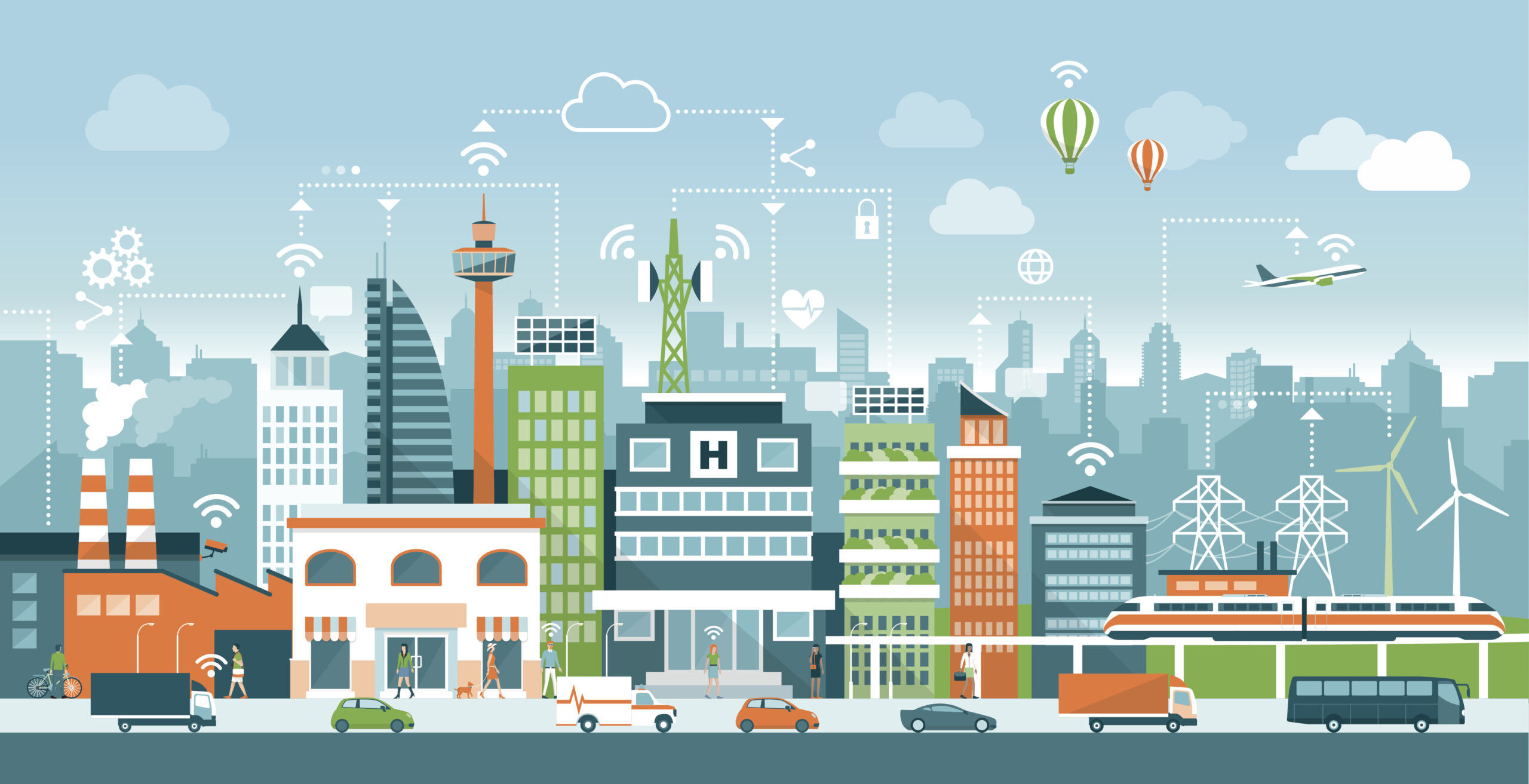The energy sector is experiencing the most transformative and exciting era since its creation. The developing market for virtual power plant services represents the culmination of several technological advancements intersecting to realize a new paradigm in energy services that empowers energy consumers like never before and demands a reinvention of utility customer engagement strategy.
With the maturation of grid-interactive devices and controls, and the rapid decline in costs for distributed generation and battery storage, buildings are no longer the end of the line for electrons, but a two-way street where enhanced interconnectivity can turn our built environment into grid-scale generation, storage, and demand response assets. Leveraging a robust distributed energy resource management system (DERMS), utilities increasingly find that behind-the-meter investments in buildings are not just a value-added service for their customers, but a cost-effective investment in the energy system as a whole with far-reaching economic and social benefits.
Tackling Inequality While Creating Shared Ratepayer Value
Inefficient use of energy in buildings is a burden on everyone, generating higher utility costs for all consumer types, exacerbating strain on grid systems, and increasing public costs for housing and energy bill assistance programs. The causes and impacts of energy burden are varied, systemic, and not equitably borne, but they do ripple out across every facet of our economy. Despite the shared societal impact created by energy insecurity, our traditional approach to energy policy and service models tend to view investments in demand-side management as a form of charity to building occupants as opposed to an investment in overall grid stability and cost management.
The concept of a virtual power plant, weaving together grid-interactive and efficient buildings to provide scalable load management and demand response capacity, flips the script on this dynamic and provides a cost-effective and quantifiable business case for investing in building infrastructure. Turning energy sinks into load shaping, energy storage, and energy supply assets, virtual power plants also create new revenue streams and capitalization models for single and multifamily developers, property owners, housing authorities, and other market actors. A shared benefit of this model is that it can also support expanded access to healthy and affordable housing.
Minding the Trust Gap
Perhaps the most significant challenge to realizing these investments is neither technical nor financial, but cultural. For example, strategic investments in virtual power plant capacity in communities bearing the brunt of energy insecurity would yield the greatest benefit to the grid, the building occupants, and the broader economy. However, most of these customers do not believe their energy providers have their best interest at heart and are highly skeptical of furthering their financial entanglements with them, let alone entrusting them with control over the key energy systems they depend on inside their own homes.
Historically, utilities have not enjoyed high levels of trust among their customers. While this has improved in recent years with increased investments in communications, there is still a long way to go. A study conducted by the Association of Energy Services Professionals and Essense Partners found that on average only 17% of customers participate in available demand response programs. These participation rates are not nearly sufficient to realize virtual power plant capacity at scale, which is essential to managing the growing demand for electricity and mitigating the threat of increasingly frequent, unpredictable, and devastating climate change events.
A Fresh Approach Can Yield a Fresh Start
Not only are virtual power plants a viable path to meeting the prevailing technical challenges facing the utility industry, but it also offers a valuable opportunity for utilities to redefine their brand and establish a new, and more profitable, relationship with their customers. An old expression popular among utilities was that their services and their role stop at the meter. The same can be said from the customer’s perspective. Their energy needs are in their homes and places of work, and traditionally their interest and understanding of energy stopped on their side of the meter as well. For utilities and customers, those days are over.
– Wes Holmes, Chief Innovation Officer, Essense Partners
Whereas investments in a new power plant or distant transmission lines can feel remote or abstract to consumers, virtual power plant technology brings utility investment into consumers’ homes and workplaces. Investments in building efficiency, onsite generation and storage, smart devices, and controls feel real to consumers because they directly and immediately serve their needs. It’s technology they can see, feel, and engage with. These are resources that increase their comfort, and control, and satisfy the growing need for a sense of security and reliability in the face of extreme weather, rolling blackouts, and other external threats.
Recent research finds that pro-social, pro-environmental, and service-oriented investments are the surest path to increasing consumer trust. These attributes are inherent in building out virtual power plant capacity, which is much more than smart tech. A virtual power plant means more diversified and dynamic customer services, combatting climate change and mitigating its impact, creating healthier communities, and redressing disparity in housing and environmental justice. In short, virtual power plants are an investment in consumers and communities. The payoff is earning trust while building a stronger energy system.
Change is Here, Are You Ready?
Automakers have officially entered the energy services space. Renewable energy and battery storage manufacturing are growing worldwide and are poised for major breakthroughs in performance and cost efficiency. Big tech is looking to harness its data analytics capabilities to give consumers the kind of real-time energy management capability that make going off-grid an increasingly realistic option. Disruption is coming for the energy sector.
The future of energy services will be defined by increased transactions and collaboration between utilities, energy consumers, and third-party technology and service providers. The utilities that are successful will be those that evolve and position themselves as trustworthy stewards of the transition rather than obstacles to it. That evolution begins with reinventing the utility relationship with its customers and working to build trust-based collaborative partnerships with them and their technology providers. Essense Partners is committed to working with our clients and peers to develop these new engagement models, create new brand strategies, and help build a cleaner, more resilient, and more equitable energy system.





